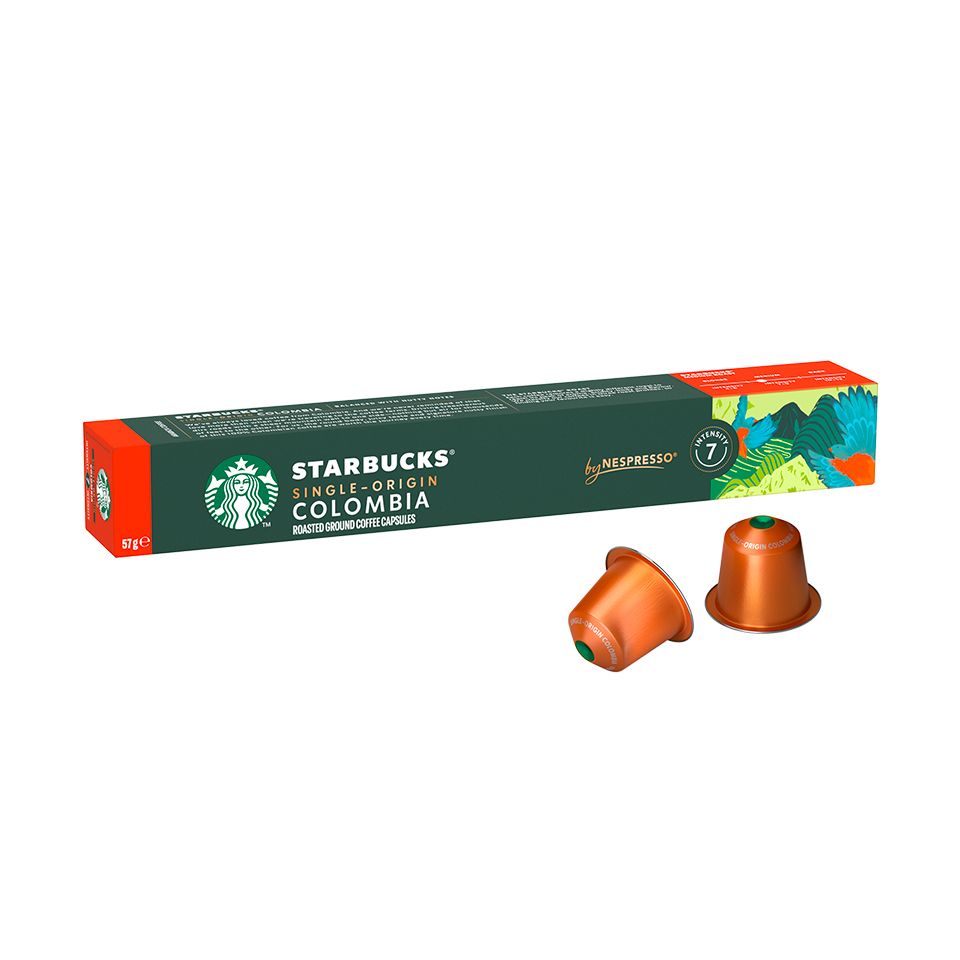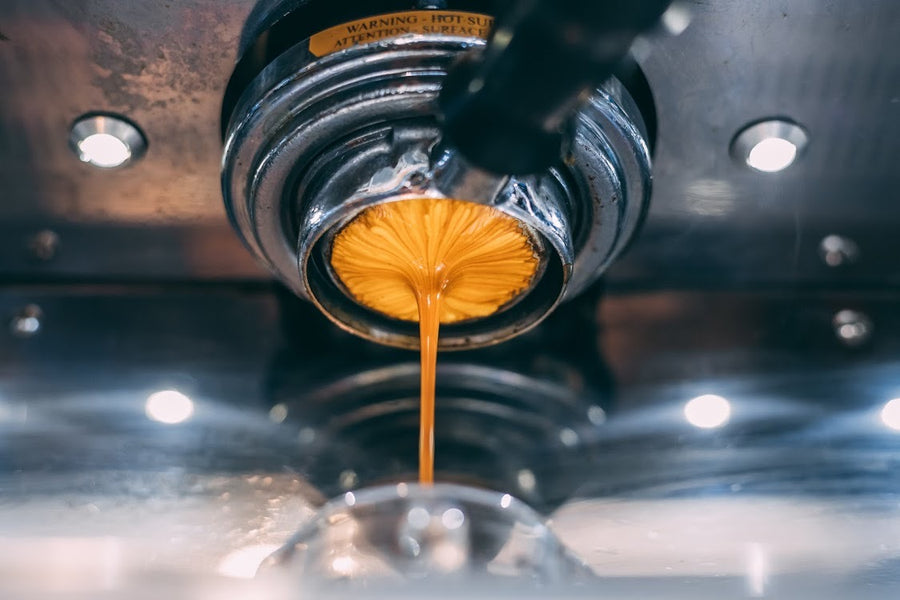Experience the Difference with Just-Roasted SOE Single Origin Espresso
Exploring the Rich Flavors of Coffee Beans: a Deep Study Coffee and Blended Coffee Beans
When you explore the rich tastes of coffee beans, you reveal an intricate globe where each range brings its own character to your cup. Comprehending the beginnings, refining techniques, and toasting strategies can transform your coffee experience. As you navigate through the art of coffee and the creative thinking behind mixed coffees, you'll begin to appreciate the nuances that make each sip special. What you'll uncover next could alter the method you enjoy your early morning mixture.
The Beginnings of Coffee Beans: Checking Out Terroir and Flavor Profiles
When you take a sip of coffee, you're not simply taking pleasure in a drink; you're experiencing a rich tapestry of flavors formed by the beans' beginnings. Each area produces distinct taste accounts influenced by soil, environment, and altitude. Beans from Ethiopia frequently break with intense, fruity notes, while those from Colombia have a tendency to provide a well balanced, nutty sweetness.
As you check out various origins, you'll observe how terroir-- the environmental variables affecting a crop-- plays an essential role - Single Origin Espresso. The same coffee range can taste drastically various depending on where it's grown
When you take into consideration these factors, you begin to appreciate the intricacy behind your cup. Each sip narrates of the land and the farmers who nurtured the beans. So, following time you delight, consider the trip your coffee took prior to it reached your hands, and savor those complex tastes that mirror its beginning.
Understanding Espresso: The Art and Science Behind the Mixture
When you assume concerning coffee, it's not almost the solid taste; it's likewise concerning the strategies that bring it to life. Understanding exactly how various preparation methods impact taste can change your developing experience. Allow's check out the ins and outs of espresso preparation and discover the special flavor profiles that make each cup unique.
Coffee Preparation Techniques
Coffee prep work is both an art and a scientific research, combining precise strategies with a deep understanding of coffee. To begin, you'll intend to choose top quality, freshly roasted beans and grind them carefully for optimal extraction (Single Origin Espresso). The work dimension is important; too crude, and your espresso will certainly be weak, too great, and it'll be bitter
Following, tamp the grounds evenly in the portafilter to assure uniform removal. When you lock it into the machine, go for a developing temperature level in between 190 ° F and 205 °
F.As you draw the shot, watch for the excellent removal time-- around 25-30 seconds. The outcome must be a rich, luscious espresso with a stunning layer of crema on the top. With practice, you'll grasp these strategies.
Taste Accounts Described
The world of espresso uses an abundant tapestry of taste accounts that can boost your coffee experience. Light roasts often showcase bright level of acidity and vivid tastes, while dark roasts existing much deeper, bolder tones.
Understanding these profiles helps you choose the right espresso for your taste. Trying out different blends can reveal surprising combinations. A well-crafted blend might harmonize the bright notes of an Ethiopian bean with the rich, chocolatey touches of a Brazilian bean. Welcome the trip of uncovering coffee's varied tastes, and you'll change your coffee ritual into an exciting journey.
Processing Methods: How They Impact Flavor and Aroma
While it could appear that the origin of coffee beans is one of the most substantial consider determining their taste and scent, the processing approaches made use of post-harvest play a similarly important role. You'll find that these techniques can considerably change the last preference profile of your mug.
As an example, the washed procedure eliminates the fruit from the beans prior to fermentation, commonly resulting in a cleaner, brighter taste. At the same time, the natural procedure leaves the fruit intact during drying out, leading to a sweeter, fruitier profile.
Various other approaches, like honey handling, strike an equilibrium, permitting some fruit mucilage to stay, giving an one-of-a-kind complexity.
Each handling technique engages with the beans' integral attributes, enhancing or silencing particular tastes and aromas. When you sip that coffee or blended coffee, keep in mind that the trip from cherry to cup is affected not simply by origin however additionally by how those beans were processed.
Toasting Strategies: Unlocking the Full Possible of Coffee Beans
Roasting techniques are important for revealing the full capacity of coffee beans, as they transform raw, eco-friendly beans into the aromatic, tasty coffee you take pleasure in. The option of roasting technique-- light, tool, or dark-- substantially influences taste accounts.
You can experiment with roasting times and temperatures to locate your perfect brew. A slower roast at reduced temperature levels permits for intricate tastes to establish, while a quicker roast can increase anger. Take notice of the splits throughout toasting; the very first crack indicates a light roast, while the 2nd split signals a dark roast. By grasping these methods, you'll expose a globe of flavor, elevating your coffee experience to brand-new elevations. Take pleasure in every sip, understanding the care that entered into your mug!
The Magic of Blended Coffee: Developing Special Flavor Experiences
Developing a special flavor experience with combined coffee can transform your morning ritual right into an exploration of preference. By incorporating various beans from various regions, you can reveal a symphony of tastes that elevate your cup to brand-new elevations. Each mix offers a distinct account, balancing sweet taste, acidity, and body to develop something truly unique.
When you choose a mix, you're not simply selecting a coffee; you're choosing a journey throughout varied landscapes and cultures. Try out different mixes permits you to find your individual favorites, whether you delight in fruity notes or abundant, chocolatey touches.

Sampling Notes: Recognizing the Nuances in Your Mug
As you drink your coffee, you may notice a spectrum of flavors dancing on your taste, each revealing the ins and outs of the beans. You might taste the bright acidity similar to citrus or the deep, abundant notes comparable to dark chocolate. The sweetness might stimulate honey or sugar, balancing the overall profile magnificently.
Take note of the body of the coffee-- does it feel airy and light, or is it full and creamy? The surface, as well, supplies ideas; a lingering aftertaste may hint at nuttiness or floral undertones.

Do not neglect to discover the one-of-a-kind features of various beginnings, as each region passes on unique flavors - Single Origin Espresso. For example, Ethiopian coffees often existing fruity notes, while Colombian beans SOE might showcase a more spherical sweet taste. By acknowledging these nuances, you'll grow your recognition for every cup, boosting your coffee experience to brand-new heights

Brewing Approaches: Optimizing Flavor Removal for Every Bean
When you discover the various developing approaches, you'll find that each technique can substantially impact the taste account of your coffee. From French press to pour-over, each method removes different compounds, boosting or muting details notes. Making use of a French press allows oils to stay in the mixture, creating a richer preference, while pour-over stresses clearness and illumination.
Temperature and grind dimension likewise play essential functions. A coarser grind works best for cool brews, while a great work is excellent for coffee. Exploring with water temperature level-- between 195 ° F and 205 ° F-- can disclose hidden tastes, also.
Don't forget soaking time; a fast extraction can cause sour notes, while over-extraction may produce anger. By adjusting these variables, you can make the most of taste removal and truly raise your coffee experience. Enjoy the trip of discovering what method ideal fits your taste buds!
Regularly Asked Questions
What Is the Suitable Water Temperature for Brewing Coffee?
The perfect water temperature for brewing coffee's between 195 ° F and 205 ° F. If you use water that's too hot, you'll over-extract flavors; also cool, and you will not remove sufficient. Goal for that wonderful area for the very best mixture!
How Does Grind Size Impact Coffee Flavor?
Work dimension substantially influences coffee flavor. Finer grinds extract extra oils and flavors, leading to a bolder taste, while coarser grinds yield a lighter flavor. Changing grind size assists you accomplish your preferred coffee profile.
Are There Health And Wellness Perks Surrounding Alcohol Consumption Coffee?

What Is the Difference Between Arabica and Robusta Beans?
Arabica beans are smoother and sweeter, typically featuring fruity flavors, while robusta beans are stronger with a bitter preference and greater caffeine content. You'll notice these distinctions in fragrance and developing experience.
Exactly How Can I Store Coffee Beans for Quality?
To store coffee beans for quality, maintain them in a closed container, away from warm, moisture, and light. If you just grind what you require right prior to brewing., you'll keep their flavor much longer.
Checking Out the Rich Tastes of Coffee Beans: a Deep Dive Into Espresso and Blended Coffee Beans.
When you check out the abundant flavors of coffee beans, you uncover an intricate world where each variety brings its very own character to your mug.When you take a sip of coffee, you're not just delighting in a beverage; you're experiencing a rich tapestry of tastes shaped by the beans' beginnings.Roasting methods are vital for revealing the complete potential of coffee beans, as they change raw, green beans into the aromatic, delicious coffee you take pleasure in.As you drink your coffee, you might discover a spectrum of flavors dancing on your taste buds, each disclosing the details of the beans.